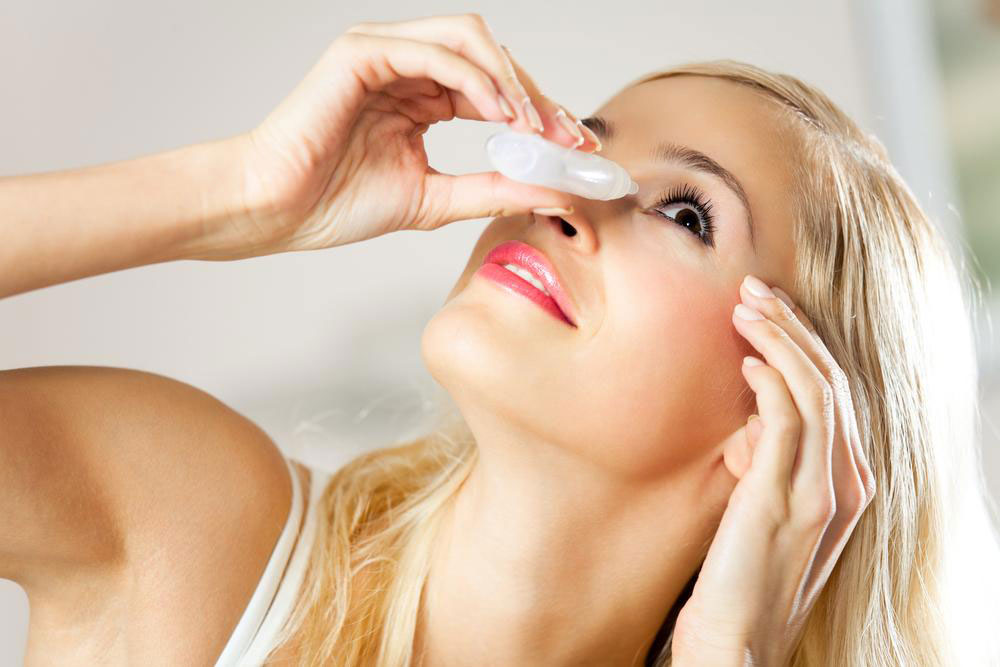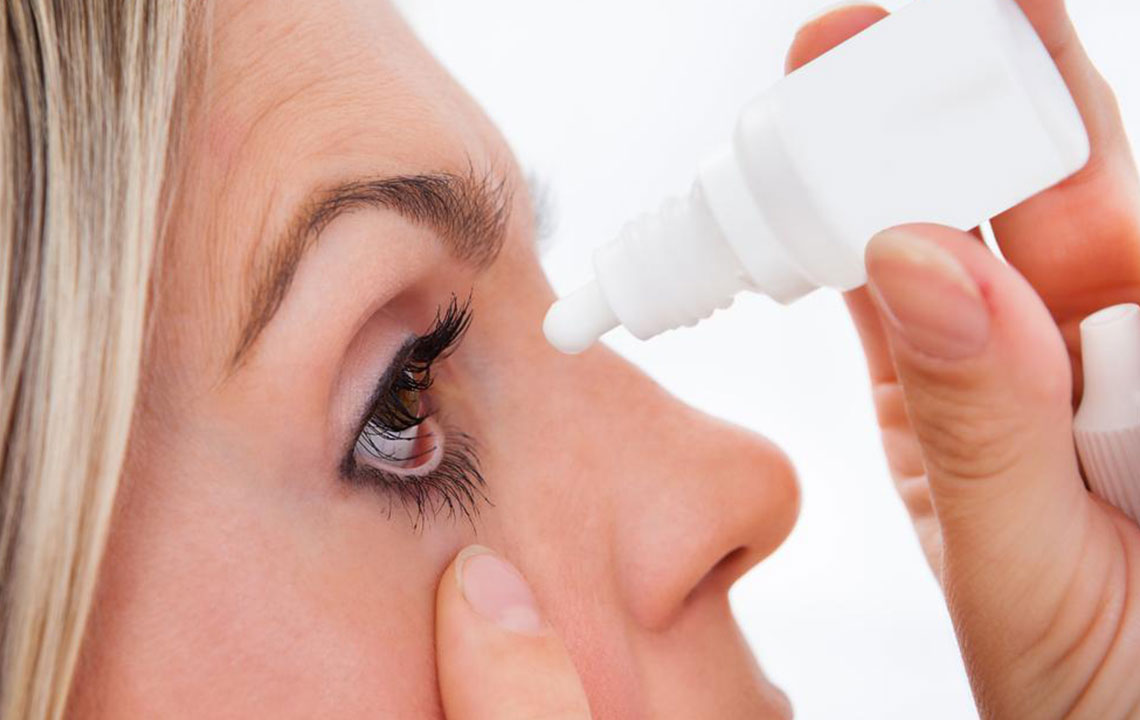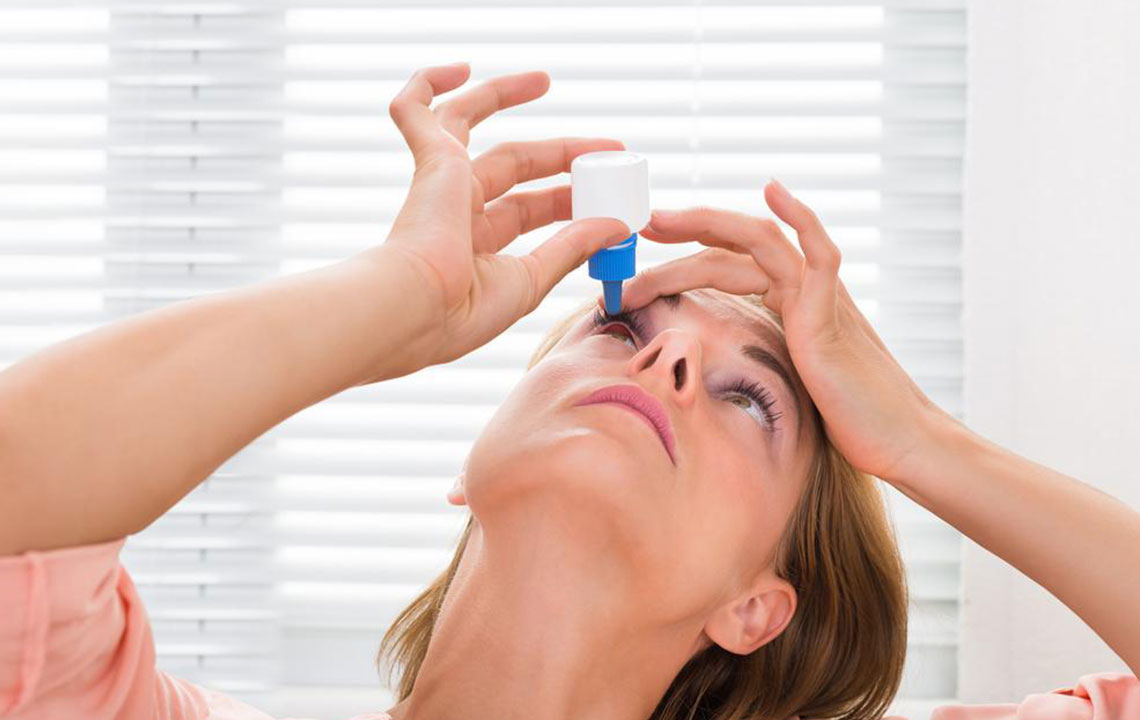Effective Solutions for Treating Blocked Tear Ducts
Discover effective and safe treatments for blocked tear ducts, including massage, medication, and minimally invasive procedures. Early diagnosis and intervention can restore normal tear drainage, prevent infections, and ensure eye health. Learn about symptoms, causes, and available options to manage this common condition in both infants and adults effectively.

Effective Solutions for Treating Blocked Tear Ducts
The tear drainage system is a complex network responsible for removing tears from the eyes into the nasal cavity. It starts inside the eye sockets and extends back and downward.
Excess tears drain through the tear ducts, ending in the lower nasal passage. These ducts, known as nasolacrimal ducts, are vital for eye health.
The connection between the eyes and nose explains why crying often causes a clogged nose, and allergies result in watery eyes.
Sometimes, tear ducts become blocked or obstructed at any age, including at birth (congenital blocked tear ducts). This condition can lead to excessive tearing and, in congenital cases, may develop into cyst-like expansion.
Treatment depends on the cause, age, and severity.
Structure of Tear Passageways
The eyelids generate blinking, spreading tears across the eye surface. These tears keep the eyes lubricated and help remove dust and debris.
The tears drain into small openings called puncta at the inner corner of each eyelid. From there, they pass through the canaliculi channels leading to the lacrimal sac next to the nose. The sac narrows into the lacrimal duct that connects to the nostril via the nasal bone.
Signs of Blocked Tear Ducts
Look out for:
Overproduction of tears (epiphora)
Red eyes
Repeated eye infections
Swelling near the inner eye corner
Crusty eyelids
Fluid or pus from eyes
Blurry vision
If these symptoms persist or worsen, consult a healthcare professional. In rare cases, tumors may cause blockages, making prompt diagnosis critical for effective treatment.
Available Treatments for Blocked Tear Ducts
Most cases in adults do not require intervention. However, consulting a doctor is essential before starting any treatment.
Goals in treatment include reopening or bypassing the blocked ducts, preventing infections, and maintaining eye health. Some infants’ congenital blockages may resolve naturally within the first year.
Proven treatment methods include:
Massaging
This at-home method benefits both infants and adults. Gently massage the inner eye corner and along the nose twice daily, after cleaning hands thoroughly. This may help dislodge blockages, especially in infants with congenital issues.
Antibiotics
Prescribed to treat secondary infections or bacterial causes of blockages.
Dilation, Probing, and Flushing
Used for adults with narrow openings or in children whose ducts won’t open naturally. Instruments enlarge the puncta, and a probe clears the duct, often flushed with saline. Infants are typically treated under anesthesia.
Balloon Dilation
When other treatments fail or are recurrent, a balloon catheter is used under anesthesia. It inflates within the duct to widen it and restore drainage.
Most blocked tear ducts resolve spontaneously or through these simple, minimally invasive procedures. Timely intervention ensures healthy tear drainage and reduces complications.
Note:
This article provides informative options for managing tear duct blockages, emphasizing when medical advice is necessary. However, it is not a substitute for professional healthcare. Always consult a qualified doctor for diagnosis and treatment planning.










